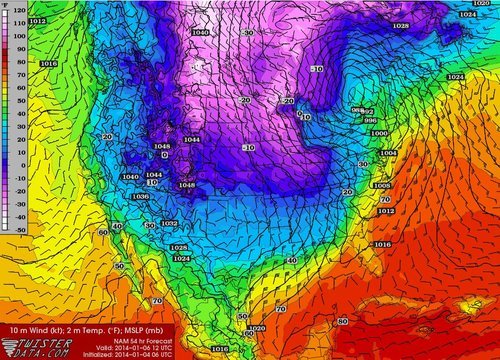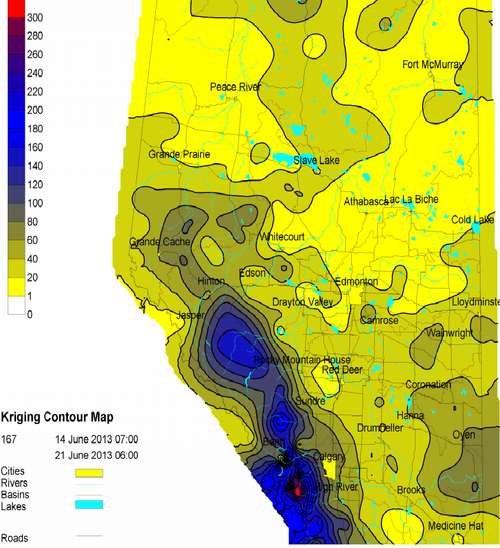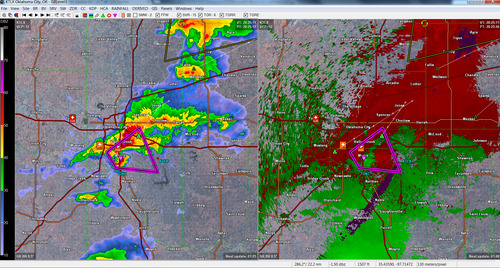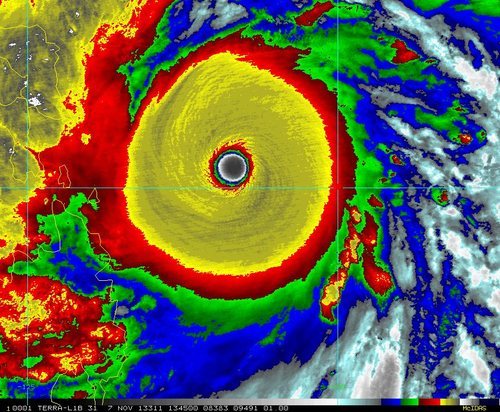Severe Californian Drought
A severe drought has settled into a good part of the state of California and is starting to be of concern to residents as numerous brush fires have been sparking up this past week. A strong upper level ridge which has persisted over California for a good part of the past month has diverted all low pressure systems well north into BC. With this, a large area of California has been left dry and drought conditions have worsened significantly in the past month. The Drought Index shows that levels have reached extreme for over 50% of California, including Los Angeles. Los Angeles, on average, receives 80mm of rain during the month of January but they have yet to record any rainfall this January. To make matters worse, no pattern changes are in the forecast; the ridge is expected to remain in place at least until the end of January. Models show no precipitation in the foreseeable future for the southern half of California, which means that Los Angeles has a possibility of going the whole month of January without any precipitation.
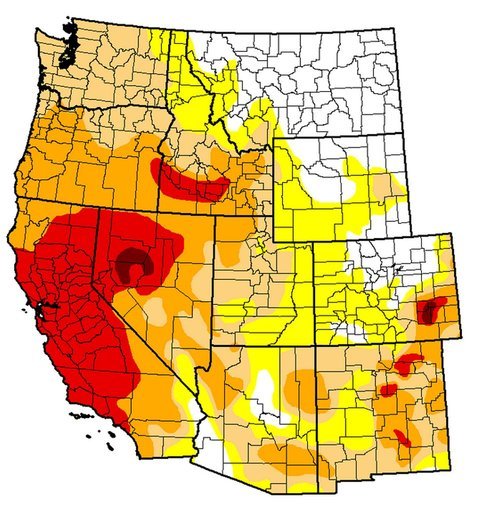
The snow pack in the Sierras has shown telltale signs of drought with only having 20% of the average snow water equivalents for this time (about 25mm of SWE). In this tweet sent out by the Boise NWS a drastic comparison in the snow pack can be seen over the Sierras. If no significant precipitation arrives before spring, California will be setting itself into a long-term drought.
Comparison of current snow depth versus 2013 snow depth. pic.twitter.com/HY24TqVdBd
— NWS Boise (@NWSBoise) January 14, 2014
A drought emergency had been issued for California, asking residents to limit their use of water. Bushfires have been flaring up due to the dry conditions, including the Glendora fire which is a fire that started on Thursday and has already burned 1,700 acres east of Los Angeles. Santa Ana winds gusting to 35km/h have been fueling the fire and will continue to do so until tomorrow, making it difficult for crews. Relative humidity in the area has a chance to dip as low as 5% during the day – making for ideal wildfire conditions. This has prompted the National Weather Service to issue a red flag warning east and northeast of Los Angeles.

